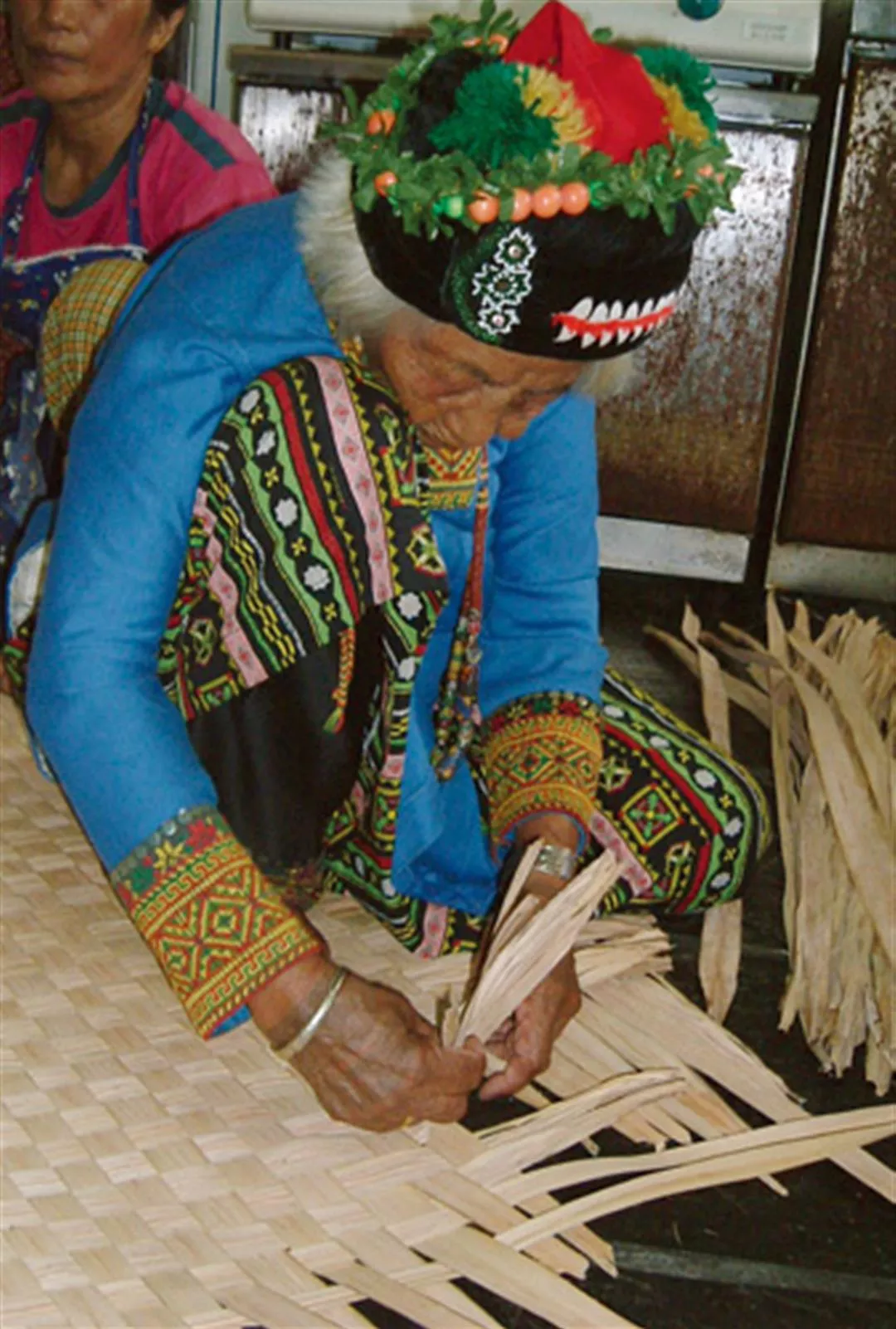One people, two places
But the question remains: What can be done to avoid another disaster when typhoon season comes ? Bao Taide says that there is a consensus among the remaining residents: If there is any threat, they will take it upon themselves to get to safety, and there will be no need to expend social resources to rescue them.
The only problem is that there has never been any agreement with the government on where they would live while away from the mountains, so that given current circumstances their only options for typhoon-season housing would be, if not military barracks, then shelters erected in the permanent housing area of Changzhi Baihe (where former residents of Ali who have permanently relocated to the lowlands live). But these would be publicly owned, and would not belong to any particular household. If this is how things work out, then every year the people of Ali would have to pack everything they own and move once down and once up the mountains, and that would be a real hassle. It would also mean dependence on the government for food and shelter.
Therefore the residents of Ali have decided to pool their funds and buy a roughly 500-square-meter plot of land near Changzhi Baihe, and, following the model established by the people of Namasia in Kaohsiung County, ask World Vision Taiwan to fund the construction of lowland shelters that Ali residents would then own. The township head has already agreed to this plan in principle, and is currently waiting for a response from the county government.
Ke Qingxiong, director of the Ali Reconstruction Association, who is just about to move into permanent housing in Changzhi Baihe, emphasizes: "The 10 households who stayed behind in Ali are not being stubborn or irrational, in fact they are field marshals in the defense of our people." Once most of the Rukai have been relocated into safe permanent housing in the lowlands, the next step will be to do something to maintain as much as possible of the old homeland in the mountains. Although the geology there is not yet stable enough for physical reconstruction, and must remain under observation for some time, there is no need to wait before going ahead with cultural reconstruction and promotion of special local products. And the key to keeping the culture and life of the original hometown together will be developing eco-tourism.
"When I have free time I will definitely go back and act as a guide," says Lavuras Abaliwsu, the sixth-generation chief of Ali, who teaches in Zhongzheng Junior High School in the lowlands of Pingtung. He often reminds the people of his community that the goal of eco-tourism is not to get rich, but just to make a living. What is more important is for Ali to be a community filled with good vibes and Rukai culture, so that the tribal spirit characterized by the sacred purity of the lily can be passed on into the future.
Although on the face of it Typhoon Morakot ripped the tangible village of Ali in two, the Rukai are as one in their hopes and plans for keeping the geographical heart of their culture and traditions alive. Like Dorothy in the Wizard of Oz, they know: "There's no place like home."

The grandmother above is using shell ginger strips to weave a sleeping mat. The people of Ali still retain a lot of traditional knowledge, but since the disaster many of those with this knowledge have relocated to the lowlands. Before Typhoon Morakot, you could also often see women busy in the fields, as pictured below. Will it ever be possible to see peaceful scenes like these again?